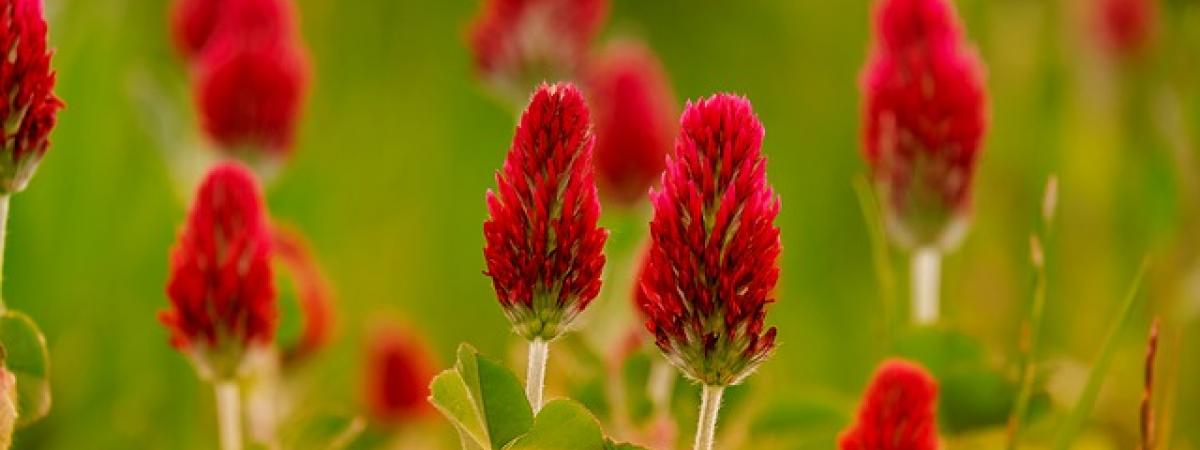All you need to know about blood clotting
published in Reader's Digest,
23 January 2017

Your body contains 25 trillion red blood cells: that’s roughly one quarter of the cells in your body – a quarter of who you are. When a blood vessel is cut, clotting needs to happen fast to preserve this precious resource.
The importance of speed
Within 15 seconds of cutting yourself, platelets (tiny cell fragments in the blood) clump together to begin to plug the hole (aspirin works by reducing the stickiness of platelets). The injured blood vessel also narrows to reduce blood loss. Blood clotting is generally complete within a matter of minutes.
Blood clotting is generally complete within a matter of minutes.
I witnessed this first hand when administering first aid to a young man after a motorcycle accident. He had severed an artery in his leg and lay in a large pool of blood. Even before I began to compress the wound with a towel, clotting had commenced, reducing the blood flow.
Compare this to the BP oil spill of 2010. It began on April 20th and was not sealed until September 19th. 5 million barrels of oil spilled out, despite desperate attempts to seal it with mud, golf balls, rubber balls and cement. The human clotting system is awesome in comparison.
The Mayday call
When you cut a part of your body, signals are sent out (in the form of proteins from the injured tissue and the platelets) to call for help from all corners. The liver responds by releasing a number of different proteins (called clotting factors) that kickstart a chain reaction in the blood, culminating in the formation of a tough mesh of fibres that combines with platelets to form the clot.
Red blood cells, white blood cells and more platelets are trapped within the forming clot, enlarging it until the leak is stopped. Panic over.
Coming out of the shadows
Your liver doesn’t only produce the clotting factors when the emergency call goes out: they are present in your blood at all times in an inactive form, waiting, watching for the moment of injury. Other ingredients important in blood clotting are calcium and Vitamin K. Vitamin K helps the clotting factors to be made in the liver (warfarin interferes with its action); calcium is called to help activate them when the time is right.
An army in peacetime stands ready to respond; your blood contains inactive ingredients silently surveying the scene, on call 24/7.
An army in peacetime stands ready to respond; your blood contains inactive ingredients silently surveying the scene, on call 24/7.
Controlling the clot
It’s important that clot formation is controlled and restricted to the site of injury, whilst the rest of our blood continues to circulate freely. The Concise Oxford Dictionary recognises the expression ‘you clot’ as slang for a stupid person; to actually become a clot would be fatal.
Thankfully, our blood contains several anti-clotting proteins. One such protein is named Protein C (move over Mr T from the A-Team, Protein C is the hero here). It works to perfectly balance the clot building proteins and allow free blood flow around the clot.
Finally, once healing is complete, the entire clot shrinks, dissolves and falls off. Whilst tempting to pick at your scab, it would be better to consider the wonders at work in forming the clot and let the healing process complete.
